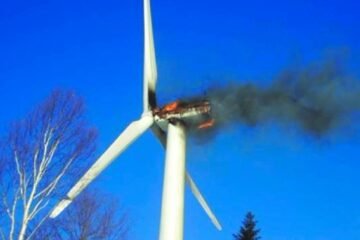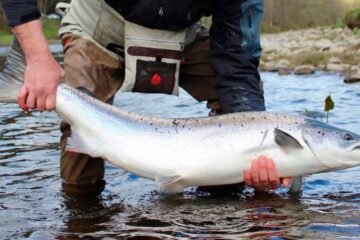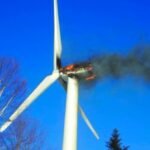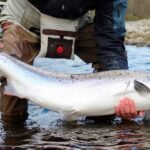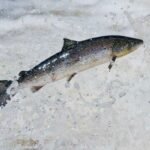Wildfires that raged across parts of the Highlands for four days have left vast swathes of countryside scorched — and now a full-scale probe is underway to figure out what sparked them.
Fire crews, police, and local volunteers battled the flames near Carrbridge, Grantown-on-Spey, Dava, and Upper Knockando after the first reports came in around 4pm last Saturday.
Helicopters, Volunteers, and Long Nights on the Moors
It was all hands on deck. Dozens of firefighters worked alongside volunteers, digging trenches, cutting back fuel lines, and dousing hotspots to stop the flames from spreading.
Thick smoke poured into the sky above Dallas, just north of Knockando, as a helicopter dropped water loads onto the worst-hit areas. For some, the sight from the air showed the brutal scale — dark scars stretching across the heather and pine.
One sentence here.
Scottish Fire and Rescue Service (SFRS) confirmed that by midweek, most of the fires had been brought under control. But one appliance still remains stationed at Dava as a precaution, just in case the smouldering ground reignites.
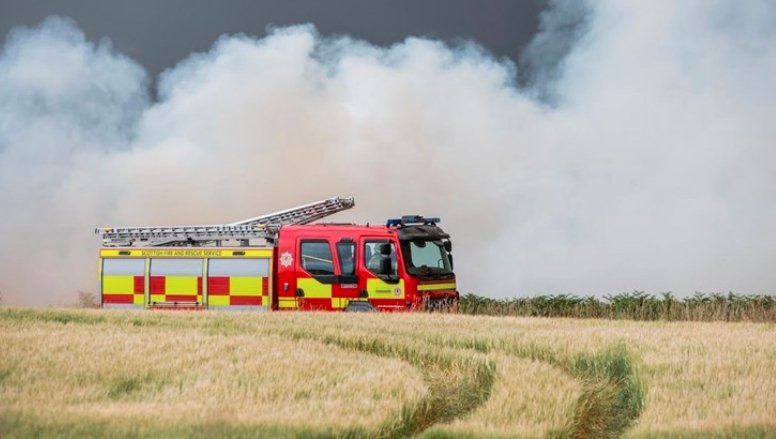
Police Scotland Appeal: ‘Did You See Anything Suspicious?’
A major part of the clean-up now is figuring out how it all started. Police Scotland have teamed up with the fire service to investigate the cause of the blazes.
Ch Insp Mike MacKenzie said officers are looking closely at sites around Lochindorb, between Carrbridge and Dava, and the area around Loch Allan near Dava Moor.
One-liner here.
“Fortunately no one has been injured but a large swathe of the countryside has been badly affected,” said Ch Insp MacKenzie. “We’re asking anyone who saw anything suspicious or has any information to get in touch.”
The Highlands are no stranger to summer wildfires, but four days of burning — and in multiple locations — have left locals anxious to know if this was accidental or something more sinister.
Community Pulls Together to Tackle the Flames
Residents from small villages nearby say they’re used to watching the moors carefully during dry spells, but this fire was on another level. Farmers with water bowsers, estate workers with spades — all mucked in to help keep the blaze from swallowing fences, roads, and woodland tracks.
Here’s what local crews faced:
-
Dry heather and gorse acting like a tinderbox in warm weather.
-
Tough terrain, making it hard for engines to get close.
-
Shifting winds, driving the flames in unpredictable directions.
One local volunteer, still reeking of smoke, said: “It’s terrifying how fast it moves. One minute it’s just smoke, the next it’s right on you.”
For some landowners, the damage could take years to heal. Burned habitats mean wildlife has been pushed out, nesting birds displaced, and fragile peatland charred.
Aftermath: Scorched Land and Long Recovery Ahead
A single look at Dava Moor says it all — wide stretches of blackened ground, a lonely pine standing against a backdrop of ash and fence posts scorched down to wire.
Emergency crews are monitoring hotspots to make sure they don’t flare up again. A single gust of wind can breathe new life into embers buried under peat.
One sentence here.
The SFRS have urged locals to stay alert. Even small sparks can set off a chain reaction in these conditions — and climate experts warn that drier summers are making Scotland’s upland regions increasingly vulnerable.
Nature, Climate and the Bigger Questions
Scotland’s peat moors act as a massive carbon store. When they burn, it’s not just the land that suffers — tonnes of stored carbon are released back into the atmosphere, adding to climate pressures.
A recent report from NatureScot estimates that the country’s wildfires release an average of 260,000 tonnes of CO₂ a year. That’s the equivalent of putting thousands of extra cars on the road overnight.
One-liner here.
As the investigation continues, conservationists hope this blaze will be a wake-up call about managing moorland responsibly — from controlled burns to better visitor education.
For now, though, the focus is on piecing together what happened between Carrbridge and Dava — and making sure these precious landscapes don’t go up in smoke again anytime soon.


